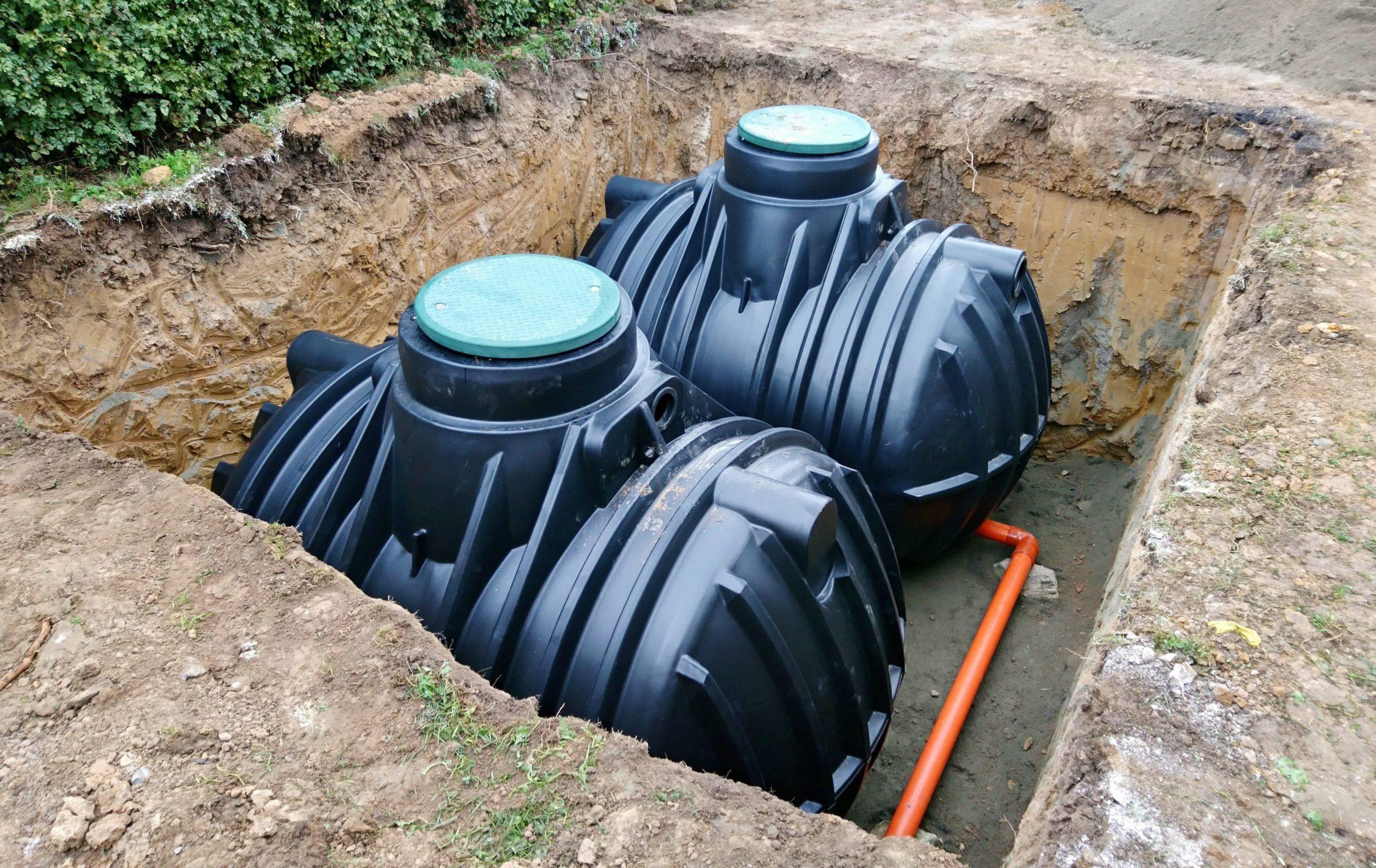The use of water tanks has several applications in various situations and circumstances. Household water storage, fire suppression, agriculture and irrigation, commercial food and drink preparation, and industrial production all use water storage solutions to simplify water supply.
However, most water tanks still cause unpleasant changes to the water, irrespective of the tank’s color or substance. Therefore, underground water tanks are an ideal option if you want to maintain the quality of the water.
Pros and cons of underground water tanks
Read on to learn more about the advantages of using underground water tanks, as well as some drawbacks you should consider.
Pros of underground water tanks
There are a variety of applications for underground tanks, such as the following:
Aesthetics
The most appealing advantage of an underground water tank is that nobody can see it. Water tanks are typically bulky and unappealing. You don’t want a big metal or plastic water tank disrupting your lovely yard and home’s aesthetics. Fortunately, an underground water tank is installed in an area out of sight close to your house, so it doesn’t disturb the look of your property.
Wear and tear also influence the look of your water tank. With metal or plastic tanks, rust and grime develop over time, making your water tanks unsightly. But when it’s underground, you no longer have to worry about having a massive tank in full view. Only a few pipes will remain visible.
If you’re searching for an undetectable water tank solution, your only valid option is an underground tank. You can choose the perfect water tank from The Water Tank Factory.
Natural insulation
In typical containers, you may face the issue of the water becoming too hot or cold, depending on the climate in your area. On the other hand, underground water tanks provide natural insulation from severe cold and heat, allowing them to maintain a constant temperature all year round. This means that they’ll retain the water’s lower temperature during the hot summer months. They’ll also remain warmer in winter because of the insulation the earth provides around the water tank.
Space saver
If you lack room for a large tank, installing an underground water tank is the perfect option for storing water. Utilizing an underground water tank lets you keep more water than is possible with your existing above-ground setup. The underground placement of your storage tank enables you to save more of your valuable property’s area. You may utilize this area for various practical purposes, such as a lawn, driveway, etc.
Physical protection
When you put your water tank above ground, you may have to deal with unexpected problems like extreme weather conditions, vandalism, and unintentional damage. You may even have to build a fence in certain instances to safeguard your tank. This won’t be a problem with an underground water tank since you’re the only one who can access it. Therefore, the exterior of the tank is shielded from physical damage, further improving its lifespan.
Cons of underground tanks
Here are some of the drawbacks of underground water tanks that you should also consider. This way, you can choose the right water tank for your needs.
Higher cost
The most significant drawback of using underground water tanks is probably its relatively high price tag. Installing underground involves significant costs, from hefty excavation prices to the expense of adequately reinforcing the underground tank. Excavating the pit and connecting the access lines further adds to the costs you’ll incur in choosing underground water tanks.
Difficult installation
The installation procedure of an underground water tank is long and complex. You’ll need to prepare an appropriate underground space, which will require careful research. Moreover, you’ll have to dig the site according to the exact dimensions of the tank. After all, the tank must be covered entirely so that it doesn’t get dirty. Even the tiniest holes might enable underground particles to enter the tank, rendering the water unsuitable for drinking.
Maintenance issues
Maintaining underground tanks properly is essential since maintenance issues may be more difficult to resolve due to the restricted access to the tank. Consequently, the difficulties of reaching underground water tanks make their maintenance more expensive than above-ground water tanks. Plus, unnoticed structural problems in your tank may cause your water bill to skyrocket.
Infrequent maintenance as a result of accessibility problems may deteriorate your tank. If you’re unable to examine and maintain the tank regularly, more issues may develop, and you may be forced to reconstruct your water tank storage system.
Additionally, inappropriate soil types further complicate the maintenance of your underground water tank. For instance, certain types of soil conceal cracks and chips in the tank material. Once a problem develops on the surface of your water tank, it may be hard to return it to its original state.
Conclusion
Appropriate water tank selection involves carefully understanding the pros and cons of the different types of water tanks. The decision to have underground tanks ultimately comes down to its compatibility with your home and general area, your preferences, and your goal to conserve water. Consult an expert and reliable supplier of underground tanks who can take you through your choice. By taking your particular circumstance into consideration, they’ll help ensure that you get precisely what you need.




